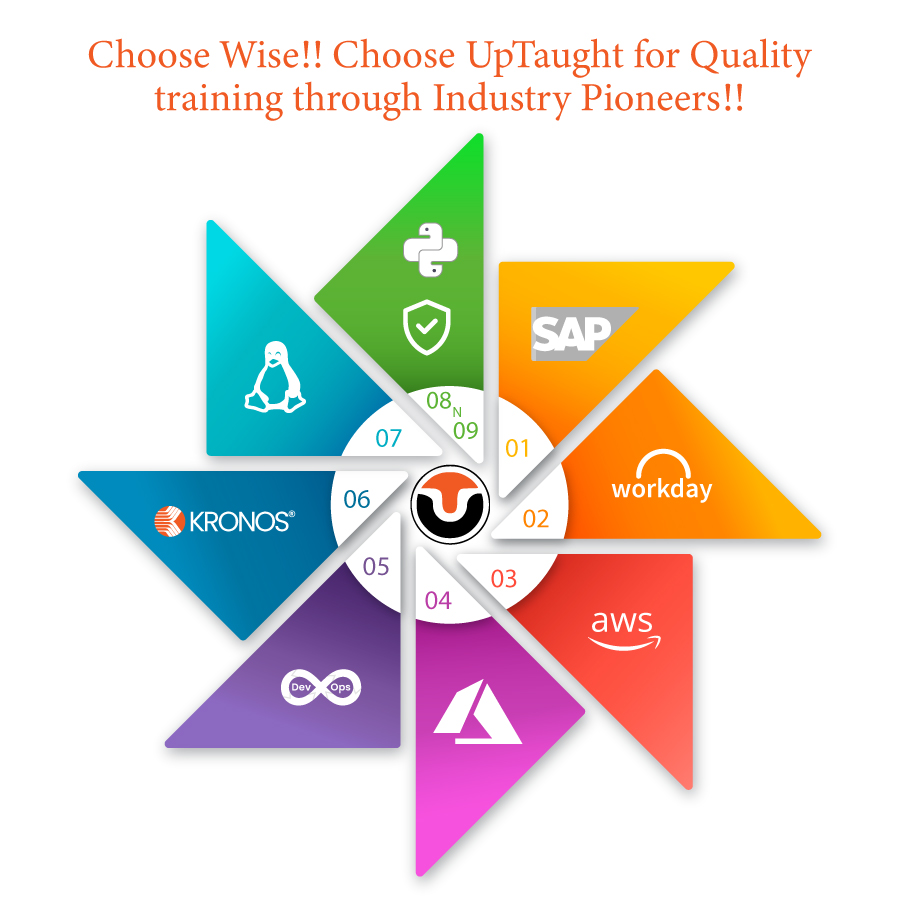In the realm of business intelligence, data visualization plays a crucial role in helping organizations make informed decisions. Power BI visualization basics is essential for anyone looking to understand how to effectively present data through visual formats. Many users struggle with creating impactful visualizations that convey insights clearly and concisely. By mastering the fundamentals of Power BI visualizations, you can transform complex data sets into engaging reports and dashboards that facilitate better decision-making. This blog post will provide an overview of Power BI visualization basics, its importance, and practical examples to help you get started.
Table of Contents
Understanding Power BI Visualization Basics
What is Power BI? Power BI is a business analytics service by Microsoft that enables users to visualize data and share insights across their organization. It allows users to create interactive reports and dashboards, making data analysis more accessible and understandable. For beginners, grasping the concepts of data visualization within Power BI is crucial for effectively utilizing this powerful tool.
The Importance of Power BI Visualization Basics
- Enhanced Data Interpretation: Visualizations help in interpreting complex data sets quickly. According to research by the Data Warehouse Institute, people process visuals 60,000 times faster than text, making effective visualizations essential for quick insights.
- Improved Decision-Making: By presenting data visually, stakeholders can identify trends, patterns, and outliers more easily. This clarity supports faster and more informed decision-making processes.
- User Engagement: Engaging visualizations capture the audience’s attention and encourage interaction. A well-designed dashboard can lead to increased user engagement and a better understanding of key metrics.
- Customization Options: Power BI offers a variety of visualization types, allowing users to customize their reports based on specific needs and preferences. This flexibility ensures that the right information is presented in the most effective manner.
- Collaboration and Sharing: Visualizations created in Power BI can be easily shared across teams and departments, fostering collaboration and ensuring everyone has access to the same insights.
Understanding Power BI visualization basics is essential for anyone looking to leverage data analytics effectively in their organization.
How to Start with Power BI Visualization Basics
Implementing effective Power BI visualization basics involves several key steps that will help you create impactful reports:
1. Setting Up Your Power BI Environment
- Overview: The first step in your journey is downloading and installing Power BI Desktop.
- Key Features:
- Free download available from the Microsoft website.
- User-friendly installation process.
- Value Proposition: Installing Power BI Desktop allows you to create reports and dashboards locally before publishing them online.
2. Importing Data
- Overview: After installation, connect to your desired data sources.
- Key Features:
- Click on “Get Data” on the Home ribbon.
- Choose from various connectors like Excel, SQL Server, Web, etc.
- Value Proposition: Connecting to diverse data sources enables you to consolidate information into one platform for comprehensive analysis.
3. Choosing the Right Visualization Type
- Overview: Selecting the appropriate visualization type is crucial for effective communication of insights.
- Key Features:
- Options include bar charts, line graphs, pie charts, maps, and more.
- Each type serves a different purpose based on the data being presented.
- Value Proposition: Choosing the right visualization type ensures that your audience understands the information clearly.
4. Creating Visualizations
- Overview: With your data imported, you can start creating visualizations.
- Key Features:
- Drag-and-drop functionality for building charts and graphs.
- Customization options for colors, labels, and styles.
- Value Proposition: Creating visually appealing reports helps convey complex information clearly and effectively.
5. Building Interactive Dashboards
- Overview: Combine your visualizations into a cohesive dashboard.
- Key Features:
- Pin visualizations from reports directly onto your dashboard.
- Arrange visuals according to priority or relevance.
- Value Proposition: A well-organized dashboard provides users with quick access to critical insights.
Real-World Results from Organizations Using Power BI Visualizations
Many organizations have successfully implemented effective Power BI visualization basics, leading to significant improvements in their operations:
- Example A: A global marketing firm utilized Power BI visualizations to analyze campaign performance metrics. This led to a 25% increase in campaign effectiveness due to improved visibility into performance data.
- Example B: A healthcare provider adopted Power BI for tracking patient outcomes through accurate visualizations, resulting in a 15% reduction in readmission rates due to improved patient care strategies.
- Example C: A financial services firm used Power BI visualizations for risk assessment reporting, enhancing compliance monitoring and reducing regulatory fines by 30%.
These success stories illustrate how leveraging effective Power BI visualization basics can lead to measurable outcomes that enhance organizational performance.
Who Will Benefit from Learning About Power BI Visualization Basics?
Understanding the Power BI visualization basics is beneficial for various stakeholders within an organization:
- Data Analysts and Business Intelligence Professionals: Individuals in these roles will find this knowledge invaluable as they seek to enhance their analytical skills.
- Managers and Team Leaders: Those responsible for overseeing projects can benefit from insights into how effective data visualization contributes to better team dynamics and productivity.
- Business Executives: Leaders looking to align technology investments with business objectives can gain insights into how effective analytics solutions contribute to overall organizational success.
Industries such as healthcare, finance, technology, manufacturing, and retail stand to gain significantly from employing professionals who are well-prepared in using effective analytics solutions like Power BI visualizations. By investing time in understanding these options and their benefits, individuals can expect improved job prospects and enhanced career growth.
Take Action Today!
Are you ready to explore how understanding the Power BI visualization basics can transform your organization’s approach to data analytics? Start your journey today! For those eager to dive deeper into learning about Power BI, consider enrolling in courses offered by UpTaught. They provide comprehensive training designed specifically for beginners looking to master this powerful tool. Take advantage of exclusive discounts on your first enrollment!Investing in your education not only enhances your skill set but also empowers you to achieve greater efficiency and effectiveness within your organization. Transform your career today!




